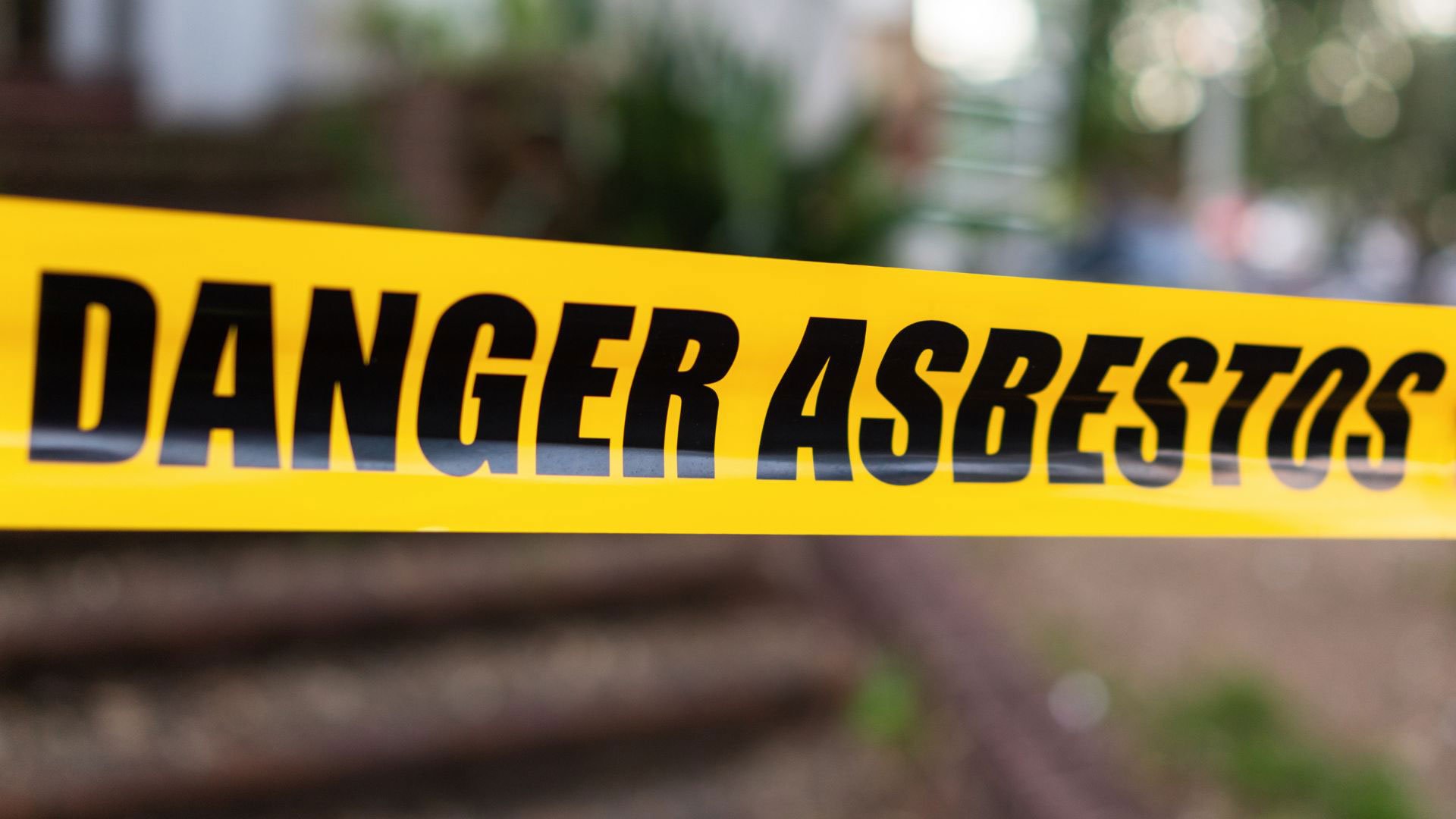The Hobsons Bay City Council has recently inspected 21 sites in the area and found asbestos contamination in 14. As a result, authorities have cordoned off the contaminated areas in these parks to prevent public access. Altona Dog Parks, Doug Grant Reserve, and PA Burns Reserve were affected; however, they have been recently cleared of asbestos and re-opened.
The cause of the contamination is mainly related to historical dumping or legacy issues. However, the source of asbestos at two sites—Donald McLean Reserve in Spotswood and Kororoit Creek Reserve in Altona North—remains unidentified.
Parks Tested for Asbestos
To stay up-to-date with the latest parks in Hobsons Bay, visit the council’s website.
Parks with Asbestos Found
The EPA have confirmed small amounts of bonded asbestos-containing material has been detected at the following sites:
- WJ Crofts Reserve, Blackshaws Rd, Altona North
- G J Hosken Reserve, Blackshaws Rd, Altona North
- PJ Lynch Reserve, Mason Street, Altona North
- Donald McLean Reserve, The Avenue, Spotswood
- Altona Coastal Park, Altona
- Federation Trail, Brooklyn – managed by Department of Transport and Planning (identified as demolition waste and not in mulch)
- Cherry Lake Buffer Mound, Altona
- Grieve Parade Reserve, Altona
- Kororoit Creek Reserve, Altona North
Works on the following sites have now been completed:
- Doug Grant Reserve, Altona – clearance certificate provided, site reopened 23 April
- PA Burns Reserve, Altona – clearance certificate provided, site reopened 23 April
- Laverton Creek (rear of AB Shaw Reserve), Altona Meadows – clearance certificate provided, site reopened 23 April
- Truganina Park, Altona Meadows – clearance certificate provided, site reopened 23 April
- Newport Lakes Reserve, Newport – clearance certificate provided, site reopened 23 April
Parks Where Asbestos was Not Found
Inspectors have examined and cleared the following sites that received mulch in the last 18 months of contamination:
- Laverton Creek estuary, Altona Meadows
- HD Graham Reserve, Altona Meadows
- AB Shaw Reserve, Altona Meadows
- Rifle Range Arboretum, Williamstown
- Pines Scout Camp, Altona
- RJ Long Reserve, Williamstown
- Armstrong Reserve, Newport
After learning of the asbestos discovery, the Environment Protection Authority (EPA) in Victoria initiated a thorough investigation into the council’s mulch supply chain. This investigation seeks to identify potential contamination risks during the transportation, handling, and application of mulch. In their review of three mulch producers, the EPA found that all had implemented adequate measures to prevent asbestos contamination.
Health Implications and Safety Measures
The EPA assures that the cement has bonded the asbestos, making it non-friable and posing minimal health risks. However, they have adopted a highly precautionary stance and are fencing off the affected sites for remediation.
To ensure your safety and that of your furry companion when walking your dog in parks that may contain asbestos, please follow these important precautionary measures:
- Stick to Established Paths: Avoid letting your dog roam off established paths and trails. This minimises the risk of encountering any buried or unexposed contaminants, including asbestos.
- Avoid Construction Areas: Stay clear of areas that are under construction or have visible signs of recent ground disturbance. These areas are more likely to expose hazardous materials that could have been previously buried or contained.
- Observe Signage and Barriers: Always adhere to park signage and barriers which might indicate areas of potential hazard, including environmental contaminants.
- Keep Dogs on Leash: Keeping your dog on a leash not only helps in controlling their movement but also ensures they don’t wander into or dig in potentially contaminated areas.
- Clean Your Dog Post-Walk: After walking in any public area, it’s a good practice to clean your dog’s paws and coat to remove any dirt or debris that might have adhered during the walk. This helps reduce the risk of bringing potentially harmful materials back into your home.
- Monitor Health: Keep an eye on your pet for any signs of illness or discomfort after visiting parks, especially if you suspect they might have been exposed to contaminants. Symptoms to watch for include respiratory difficulties, unusual coughing, lethargy, or changes in behaviour. Consult your vet if you notice any such symptoms.
- Stay Informed: Keep updated with any news or updates from local councils or environmental authorities regarding the status of parks and recreational areas.







